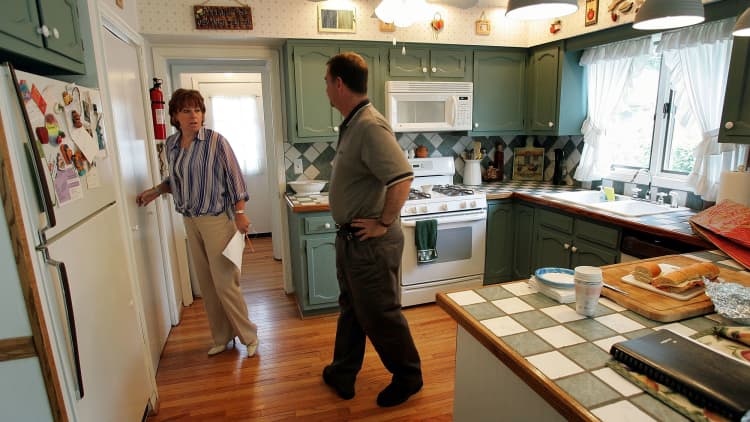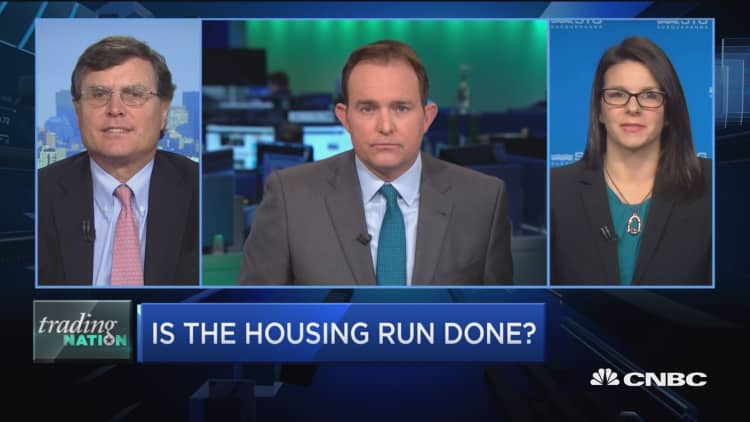
The only thing standing in the way of more home sales is the lack of homes for sale. In local markets across the nation, there are too few listings to meet the strong buyer demand. That means more competition, which drives higher prices. More homes usually come on to the market ahead of the spring season, but so far that is not the case.
"We are not hearing of any spike in seller movement," said Lawrence Yun, chief economist at the National Association of Realtors. "We are just hearing of normal conditions — some sellers who need to move, so they're putting their homes on the market, but nothing drastic."
Supplies were depleted even more by an unexpected rush of homebuyers in November and December, following the presidential election. Some are calling it the Trump rally in housing, but it may be the mixed result of consumer confidence and smart shopping.
"It's likely that a combination of tight inventory and low mortgage interest rates is pushing some buyers into the market early this year, both to capitalize on low mortgage interest rates while they can and to get a jump on the competition to come in the busy spring home shopping season," said Svenja Gudell, chief economist at Zillow.
As home prices rise, fewer homes are affordable to fewer potential buyers, and that is only getting worse. Listings are now down more than 7 percent versus a year ago nationally, but as with everything in real estate, location matters.
These markets are particularly lean on listings:
Active listings compared to a year ago
Chicago: -13 percent
Philadelphia: -14 percent
Washington: -15 percent
Seattle: -17 percent
Minneapolis: -18 percent
St. Louis: -12 percent
Baltimore: -16 percent
Cleveland: -18 percent
Orlando, Florida: -19 percent
These markets have as many or more listings this year:
Active listings compared to a year ago
Los Angeles: flat
Dallas: flat
Houston: +6 percent
San Francisco: +4 percent
Pittsburgh: +9 percent
Denver: +3 percent
Las Vegas: +18 percent
San Antonio: +6 percent
Miami: +3 percent
Source: Realtor.com
Correction: Listings in Los Angeles and Dallas are flat from a year ago. A reference in an earlier version mischaracterized them.



